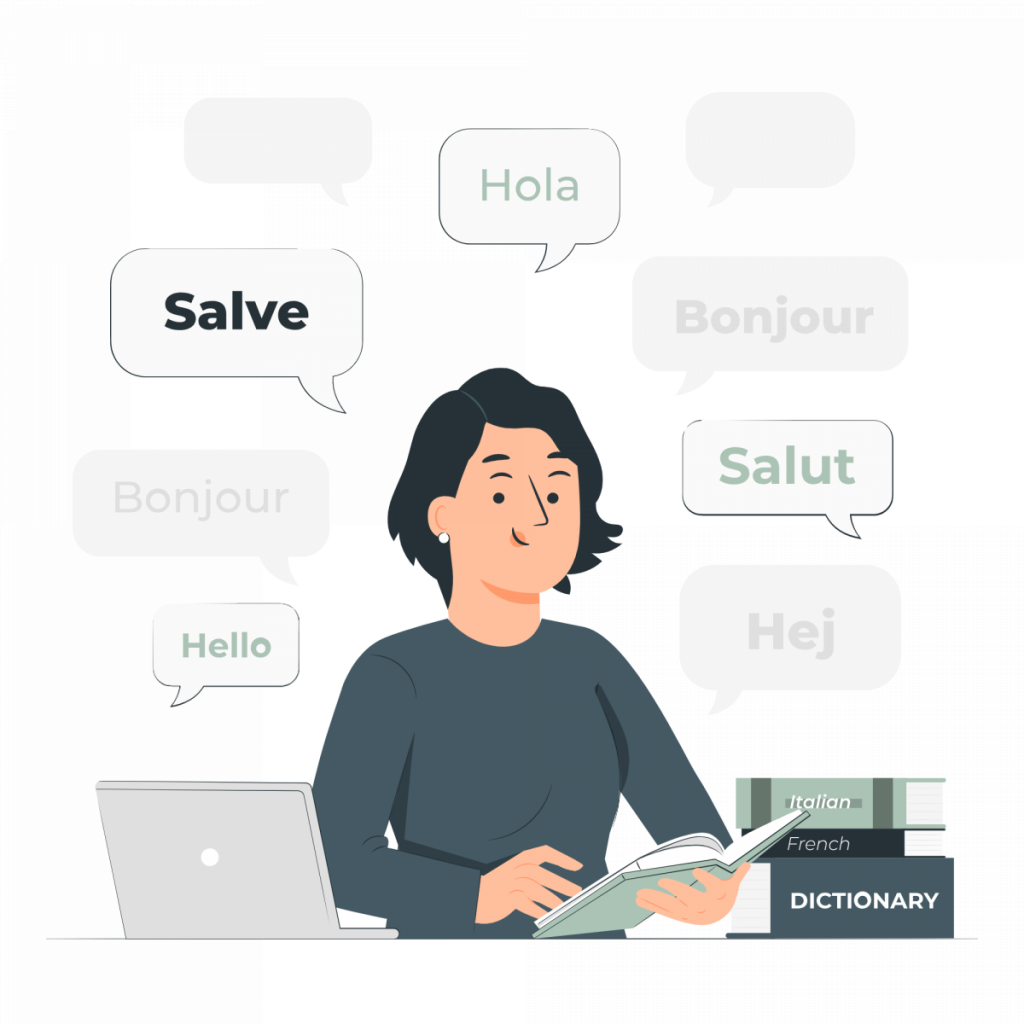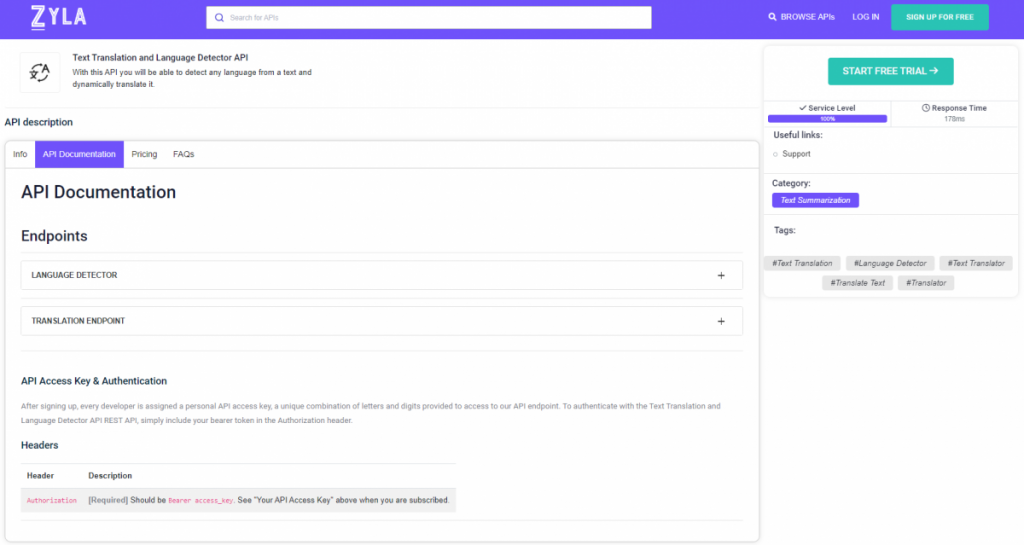In the rapidly evolving landscape of software development, Application Programming Interfaces (APIs) have become the bedrock upon which innovation thrives. One particularly versatile API that has gained prominence is the Language Recognition API. This unassuming yet powerful tool has emerged as the multilingual sidekick, enabling applications to navigate the intricacies of human languages and bridge communication gaps on a global scale.

Introduction to Text Language Recognition API
A Language Recognition API is a sophisticated solution that empowers applications to comprehend and interact with text in various languages. It holds a pivotal role in modern software applications by facilitating effective communication, content analysis, and user engagement. As the world becomes more interconnected, the need for applications to understand and respond to text in multiple languages has grown exponentially, making this API an indispensable asset in the developer’s toolkit.
Unveiling the Multilingual Capabilities
At the heart of a Language Recognition API lies its exceptional multilingual capabilities. One of its standout features is its support for a diverse range of languages. From widely spoken languages to less common ones, the API is equipped to decipher and process text, enabling applications to cater to a global audience.
Contextual understanding is another hallmark of this API. Language is rife with nuances and intricacies that can drastically alter the intended meaning. The Text Language Recognition API goes beyond mere translation, delving into context to provide accurate interpretations. This contextual awareness is particularly crucial when dealing with idiomatic expressions, regional slang, and cultural subtleties that might be lost in translation.
Moreover, the API boasts the ability to handle idiomatic expressions, regional slang, and cultural nuances, further enhancing its versatility and accuracy.
Real-World Applications and Benefits
The real-world applications of the Text Language Recognition API are as diverse as the languages it comprehends. One of its paramount roles is in enabling global communication and collaboration. Businesses, organizations, and individuals can communicate seamlessly across language barriers, fostering understanding and cooperation on an international scale.
In the realm of content localization and personalization, this API is a game-changer. Applications can adapt content to resonate with local audiences, ensuring that cultural sensitivities and preferences are respected. This not only enhances user engagement but also strengthens brand identity in diverse markets.
Furthermore, the Text Language Recognition API is a boon for customer support and feedback analysis. It enables applications to understand customer queries and sentiments in their preferred languages, thus improving the quality and responsiveness of customer service. Additionally, by analyzing feedback across languages, businesses can gain valuable insights into market trends and customer satisfaction, guiding strategic decisions.
Check Text Translation and Language Detector API
The Text Translation and Language Detector API is a powerful tool that can help you to overcome language barriers and reach a global audience. With this API, you can easily detect the language of any text and translate it into over 100 languages. The API is also very accurate, with a high degree of confidence in its language detection and translation results.

One of the best things about the Text Translation and Language Detector API is that it is very easy to use. The API documentation is clear and concise, and there are many code snippets available to help you get started. You can also use the API with any programming language that supports HTTP requests.
If you are looking for a reliable and easy-to-use API for language translation and detection, then the Text Translation and Language Detector API is a great option. It is a versatile API that can be used for a variety of purposes, including:
- Translating your website or app into multiple languages
- Creating multilingual content
- Automating customer support
- Conducting market research
- Expanding your business into new markets
The Text Translation and Language Detector API is a valuable tool for businesses of all sizes. If you are looking to reach a global audience, then this API is a must-have.
All You Need To Do To Make Use Of It Is:
- First, go to Text Translation and Language Detector API and click the “START FREE TRIAL” button.
- You will be able to access the API once you have registered with the Zyla API Hub.
- Depending on your needs, use one of the numerous API endpoints.
- After locating the appropriate endpoint, click the “test endpoint” button to make an API call and examine the results on your screen.
This API has two endpoints:
If you introduce “All that is gold does not glitter, not all those who wander are lost”to the “LANGUAGE DETECTOR” endpoint, will give you an API response like the following:
{
"data": {
"detections": [
[
{
"language": "en",
"confidence": 1,
"isReliable": false
}
]
]
}
}If you introduce “All that is gold does not glitter, not all those who wander are lost” to the “TRANSLATION ENDPOINT” endpoint and chose Italian, the API response should look like this:
{
"data": {
"translations": [
{
"translatedText": "Tutto ciò che è oro non luccica, non tutti quelli che vagano sono perduti"
}
]
}
}Want to learn more? Read What Is A Text Translation And Language Detector API?

